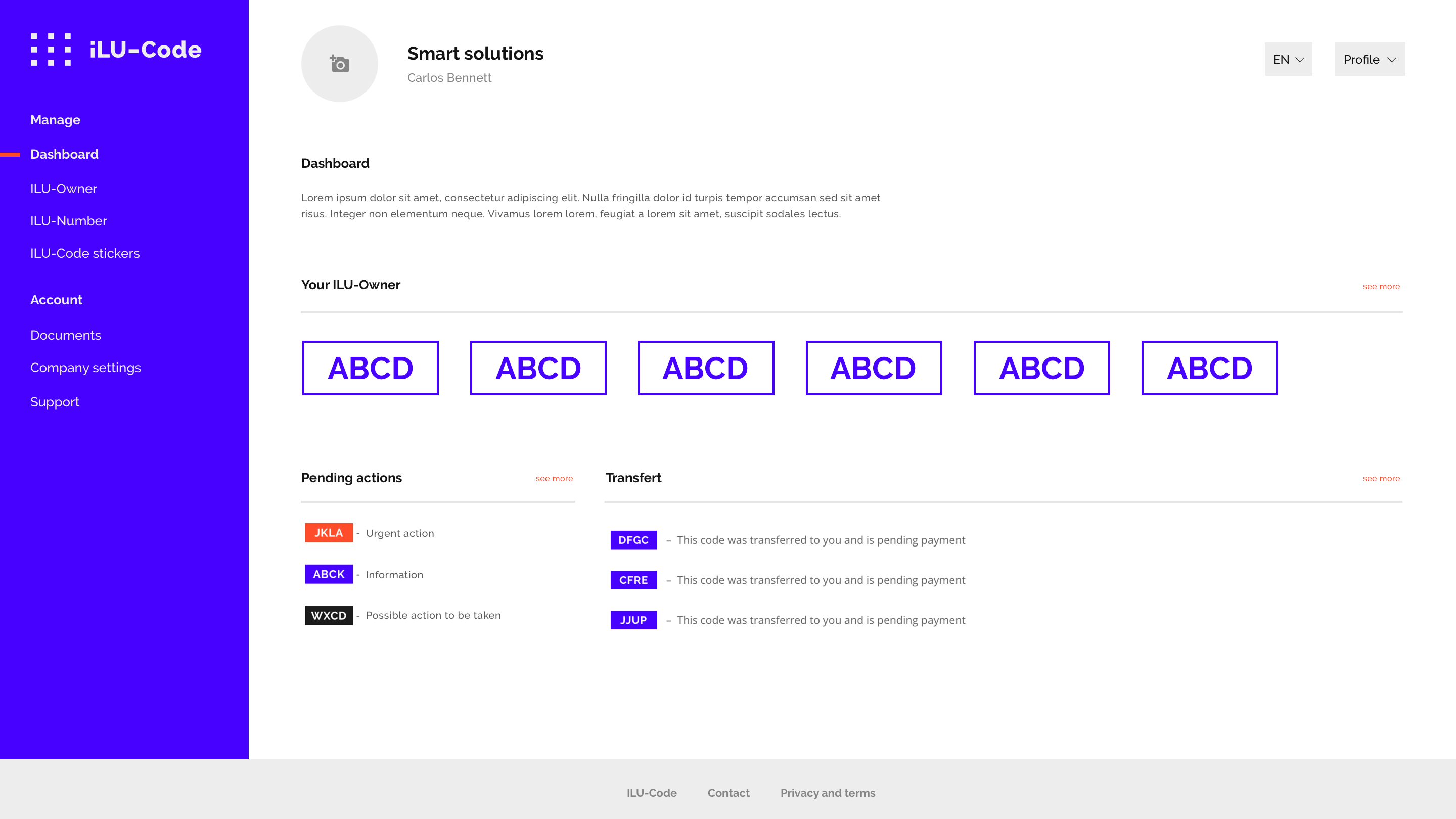ILU-Code is the identification method for all intermodal loading units in Europe.
The ILU-Code contributes to the digitalisation of Combined Transport and faciliates significanlty its daily operations.
Reserve an ILU-Key
Source of information
For smoother and more efficient operations in CT facilities such as terminals and ports, all actors in the transport chain can identify the owner of a loading unit at any time. Le Code ILU also supports other processes such as booking and tracking & tracing.

Safety and security
The ILU-Code meets the high-level security requirements in all aspects of Combined Transport, including ports and at EU external borders, allowing customs and authorities to easily identify the owner at any time. Swifter processing in "fast lanes" can also be implemented.

Trust the standard
The European ILU-Code - defined in the standard EN 13044-1 - is designed to identify non-ISO containers, swap bodies and semi-trailers that take part in Combined Transport within Europe.

ILU-Code is a source of information, safety, security and trust
ILU-Code contributes to the digitalisation of the transport sector, offering digital services to give control and transparency.
Register nowWhat is the ILU-Code ?
ILU-Key
ABCA
ILU-Key is a compilation of four letters for the identification of the owner of the intermodal loading units. An owner can freely choose the first 3 letters whereas the the 4th letter is limited to A, B, D, E or K. An owner might reserve several ILU-Keys if requested.
ILU-Number
001234
ILU-Number is a compilation of digits (from 000001 to 999999), freely chosen by the user. It should be unique and created for each loading unit. It is comparable to an internal fleet number. It might be used to distinguish your semi-trailers from containers.
ILU-Check
2
ILU-Check is the seventh (last) digit of the ILU-Code, calculated on a pre-defined algorithm (see EN13044-1): it counts all the letters from the ILU-Owner and all the numbers from the ILU-Number giving a result presented in the frame from 0-9.





